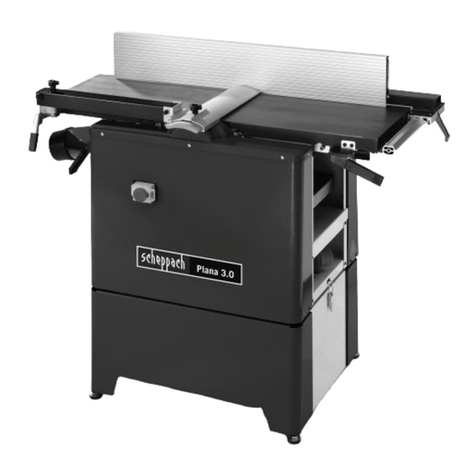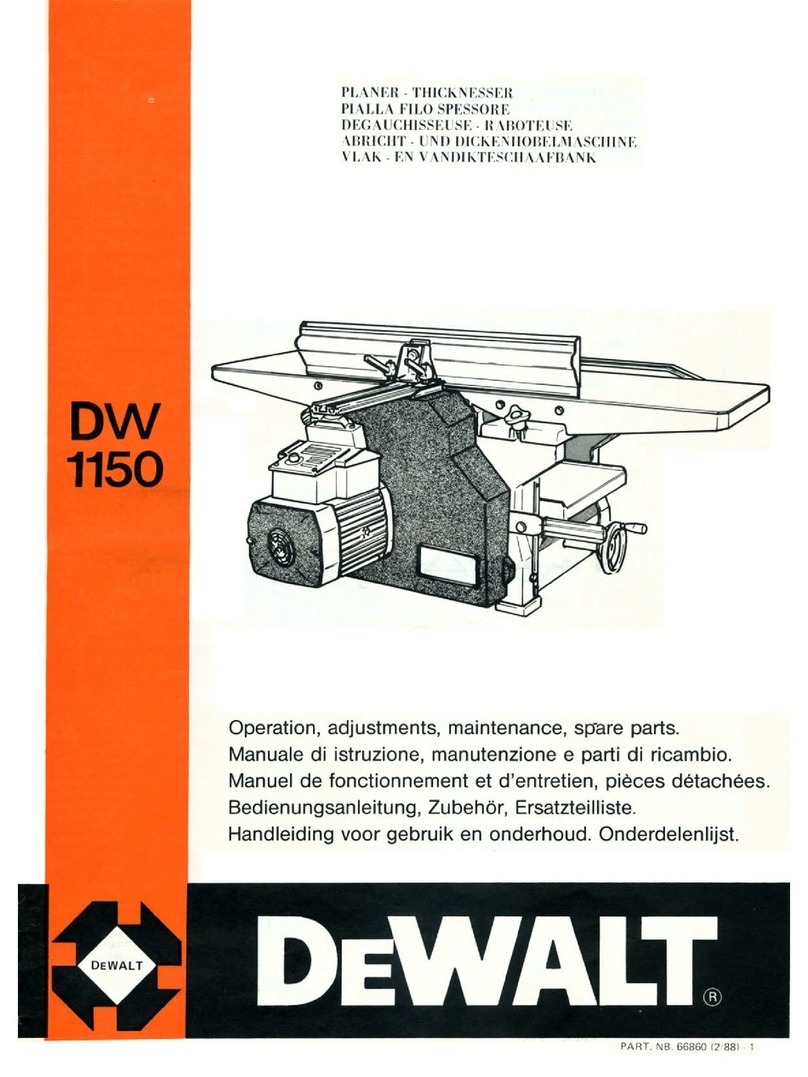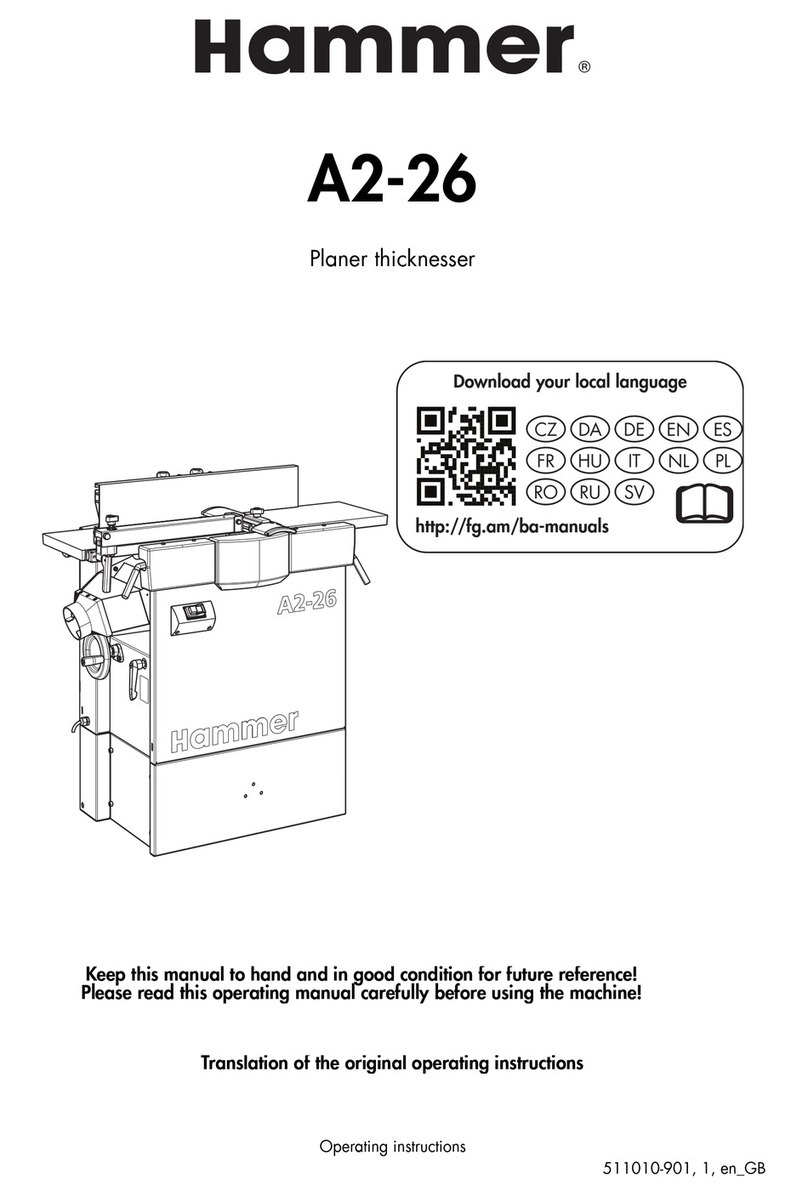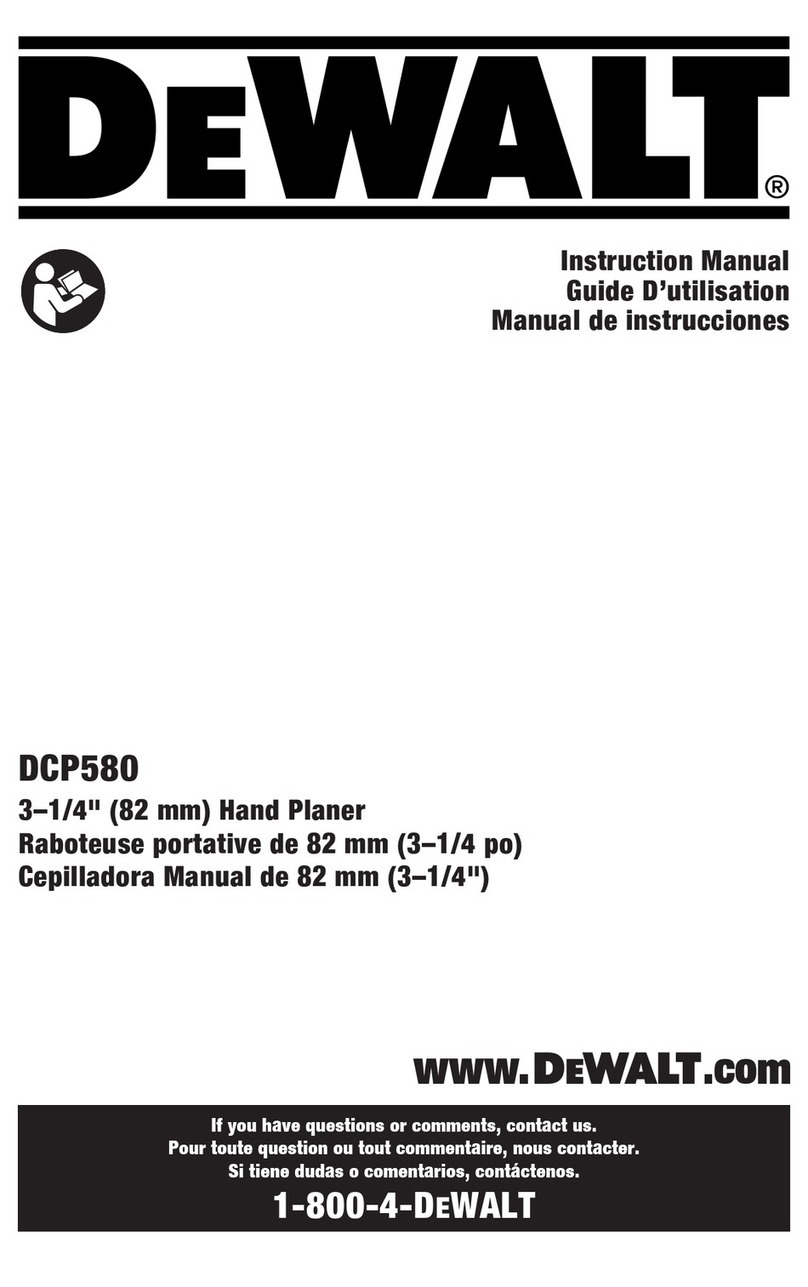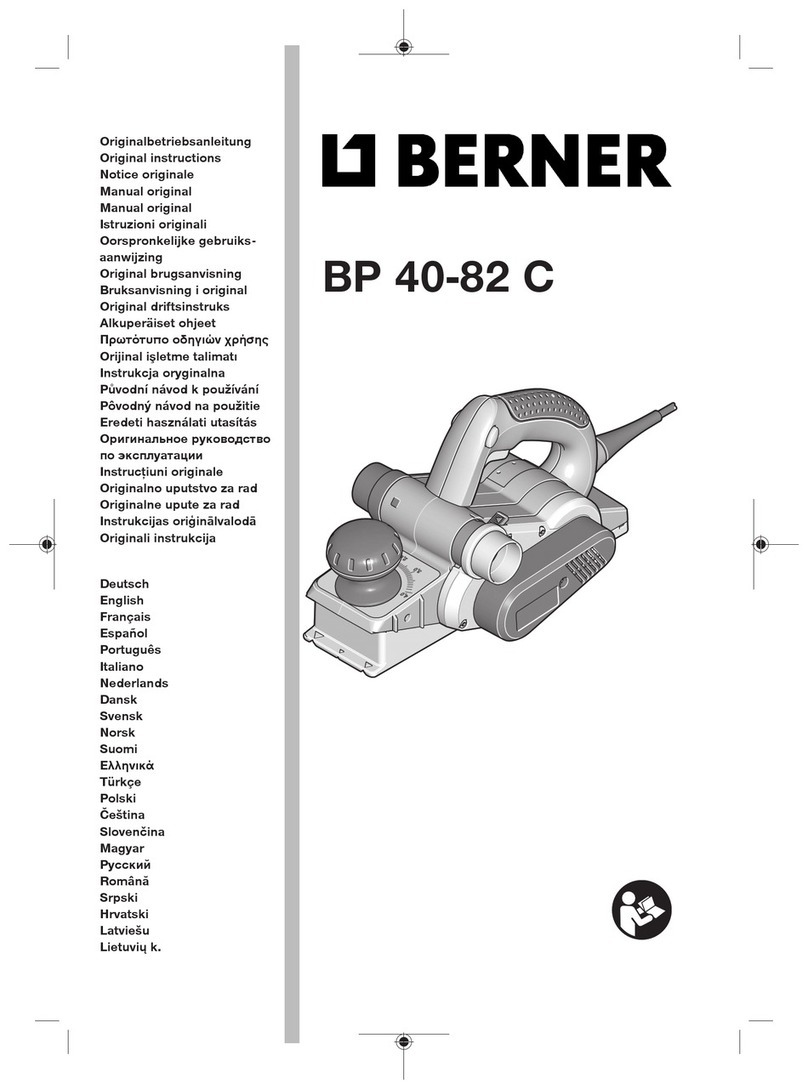PROGRAMMING WM40-96
Key-pad
NOTE
CARLO GAVAZZI
Automation Components 8
Push for at
least 2 s
10 CHANGE PAS:this function allows the user to modify the PASS value
with a new value (from 0 to 9999).
20 BACKLIGHT: backlight time from 0 (always on) to 255 minutes.
30 COLOUR:this function allows the user to select the backlight colour
and the working logic. 0: no timer and backlight off. 1: timer and white back-
light. 2: timer and blue backlight. 3: no timer and backlight off, when an alarm
occurs it flashes from white to blue. 4: timer, white backlight, when an alarm
occurs it flashes from white to blue. 5: timer,white backlight, when an alarm
occurs it flashes from blue to white.
40 MODULES: the WM40 96 supports either automatic (A) or manual (M)
acknowledgment of the installed modules depending on the kind of
module.
60 APPLICAT.: this function which enables a simple, quick, clear and
immediate visualization of the instrument measurements, making available
only specific variables (page 4/5) depending on the application of the
instrument. 70 SYSTEM: this function allows the user to select the type of
electrical system (see relevant chapter to next page). 80 CT RATIO: this
function allows the user to select the value of the CT ratio (primary/sec-
ondary ratio of the current transformer being used). Example: if the CT pri-
mary (current transformer) has a current of 300A and the secondary a cur-
rent of 5A, the CT ratio corresponds to 60 (obtained using the following
calculation: 300/5.
90 PT RATIO: this function allows to select the value of the VT-PT ratio
(primary/secondary ratio of the voltage transformer being used). Example:
if the primary of the connected VT (voltage transformer/potential trans-
former) is 20kV and the secondary is 100V, then the VT-PT ratio corre-
sponds to 200 (obtained carrying out the following calculation:
20000/100).
100 CTN RATIO: this function allows to select the value of neutral current AT
ratio (primary/secondary ratio of the used current transformer).
110 DMD: This function allows the user to select the calculation method
of the DMD/AVG value of the selected variable (see the box on page 10).
120 SET POWER: This menu allows you to set a power value (installed power)
that, in the measuring phase, will represent 100% of the graph indicator.
130 HOME PAGE: This function allows the user to select the variables to
be displayed on first page (home page). 131 TYPE: A, you can select the
variable for each row. B, you can select a preset combination of variables
(see relevant chapter to next page).
140 FILTER: with the digital filter it’s possible to stabilize the measure-
ments which aretoo instable when displaying the relevant values. 141 FIL-
TER S: set the operating range (span) of the digital filter. The value is
expressed as a % (filter to 0.0 means filter excluded). 142 FILTER CO: set
the filtering coefficient of the instantaneous measures. By increasing the
value, also the stability and the settling time of the measures are
increased.
Some specific menus display only if the relevant modules are installed.
Measuring
mode
Page 9
See details on
the next page.
PAY ATTENTION
Join or divide the
modules ONLY
when the WM40
is NOT power
supplied.
!
